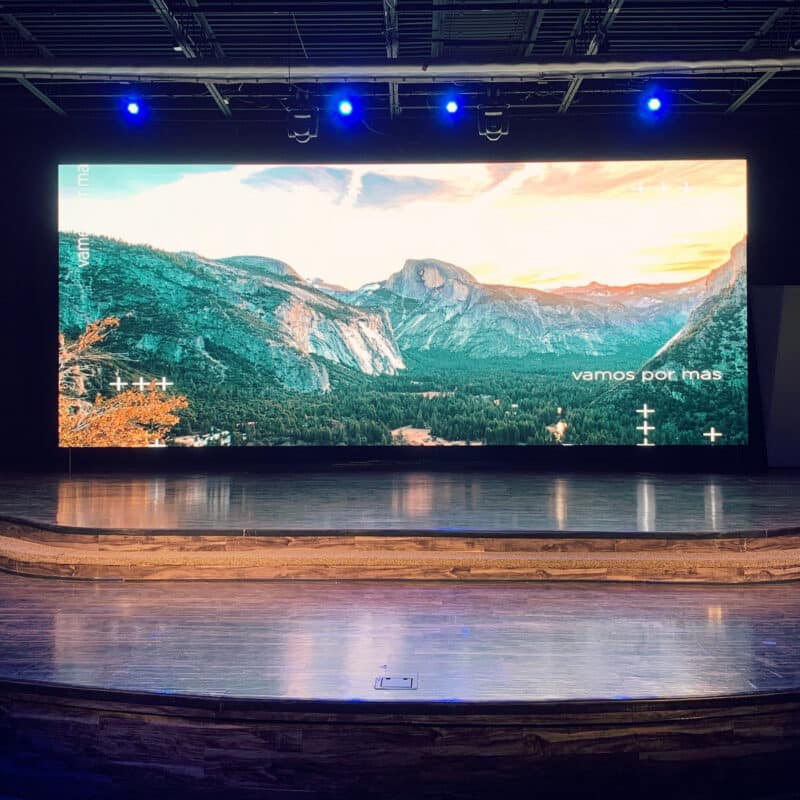Examining the Fundamental Elements That Influence Luminance in Light Emitting Diode Wall Screens
Examining the Fundamental Elements That Influence Luminance in Light Emitting Diode Wall Screens
Blog Article
Light Emitting Diode wall panels are progressively favored for and promotion and leisure due to their bright and vivid displays. Understanding the factors that influence the brightness of these screens is crucial for producers and consumers alike. Luminosity is typically gauged in candelas, which shows how much light is emitted from the surface of the panel. Several key factors affect to the overall luminosity, including the kind of LED used, the quality of the screen materials, and the energy provided to the screen.
The type of Light Emitting Diode component used in a panel screen plays a crucial role in its brightness. Various Light Emitting Diodes emit varying levels of lumens, which measure the amount of light perceptible to the human eye. High-quality chips, such as those made using advanced technology, can produce more luminous illumination with greater effectiveness. Furthermore, the color temperature of the LED also influences apparent brightness. For instance, cooler color tones (higher K values) can seem brighter than hotter ones, even at the same light output rating. This characteristic is important for applications where clarity is crucial, such as in external advertising.
The substances used in the construction of LED panel screens also influence their luminosity. The type of foundation and encapsulation materials can influence how much illumination is transmitted versus how much is taken in or scattered. For example, a screen visit the site made with premium clear material will allow more illumination to flow through than one made with lower-grade materials. Additionally, the configuration of the panel, including its depth and the layout of the LEDs, can improve or diminish luminosity by affecting how light is distributed across the panel.
The power source provided to the LED panel panels is another critical element in determining luminosity. Each LED component has a specific electric potential and current requirement for optimal functioning. If the energy supply falls short, the luminosity of the panel will decrease. Conversely, supplying too much power can lead to Get More Information excessive heat and reduced durability of the Light Emitting Diodes. Therefore, maintaining a consistent and sufficient power source is essential for achieving uniform brightness levels. This is particularly vital in dynamic screens, where brightness may need to be modified for different illumination conditions.
Finally, surrounding factors can influence how luminosity is perceived. Surrounding light conditions play a significant role in how luminous an LED wall screen appears. In bright sunlight, for example, a screen with a lower brightness rating may struggle to be visible clearly, while a higher-brightness panel can be prominent more effectively. Additionally, the perspective from which the panel is viewed can influence luminosity perception due to how light bounces off surfaces. Understanding these factors helps buyers select the right Light Emitting Diode wall screen for their requirements and ensures that producers produce products that meet luminosity standards for various uses.